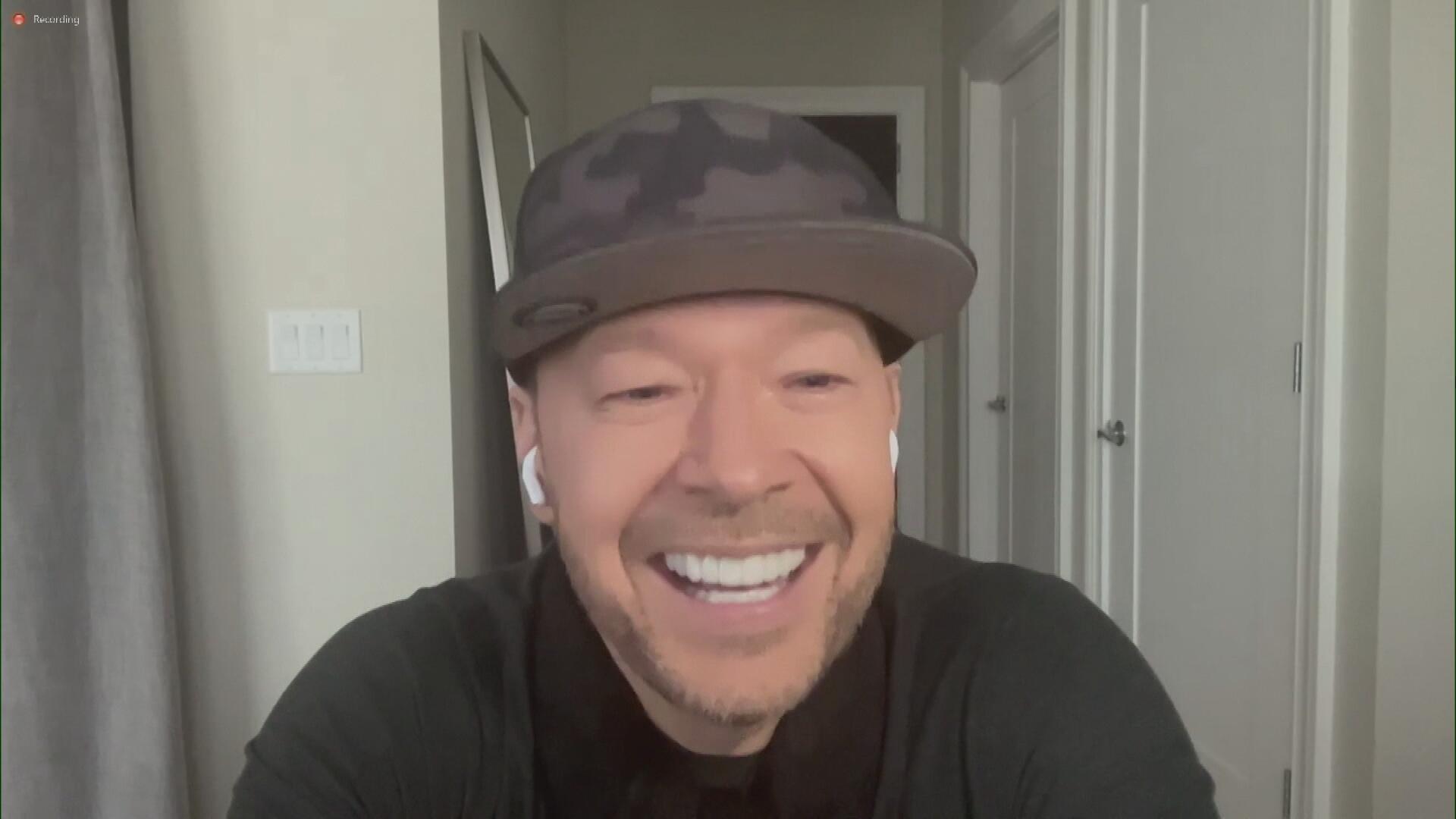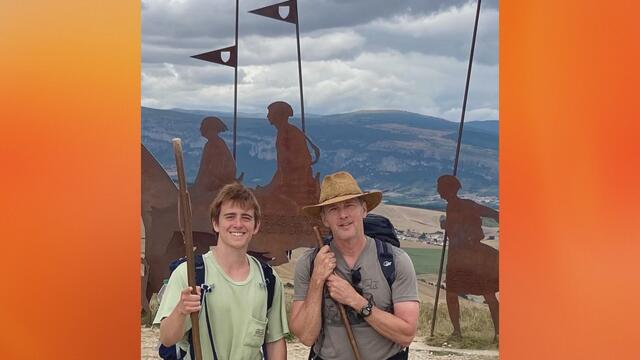

The Easiest Way EVER to Save Water (+ Your Wallet)

Q&A with Organizational Pro Peter Walsh + Dermatologist Shares A…

Actor Hank Azaria + Freezer Meals + Artichokes 2 Ways with Rach

See Inside Barbara Corcoran's Stunning NY Apartment + It's Steak…

How to Make Chicken and Lobster Piccata | Richard Blais

Donnie Wahlberg Spills Details About NKOTB's First Ever Conventi…

Donnie Wahlberg + Jenny McCarthy Say Rach Is Such a "Joy" + Look…

The Best Moments From 17 Seasons of the Show Will Make You Laugh…

How to Make Crabby Carbonara | Rachael Ray

Rach Chats "Firsts" In Flashback From Our First Episode Ever In …

How to Make Apple-Cider Braised Pork Chop Sandwiches with Onion …

Rach's Chef Pals Say Goodbye to Show in Surprise Video Message

How to Make Sesame Cookies | Buddy Valastro

How to Make Tortilla with Potatoes, Piquillo Peppers and Mancheg…

How to Make Shrimp Burgers | Jacques Pepin

How to Make Spanakopipasta | Rachael Ray

Andrew McCarthy Chokes Up Discussing Emotional Trip to Spain wit…

Celebrity Guests Send Farewell Messages After 17 Seasons of the …

Celebrity Guests Send Farewell Messages After 17 Seasons of the …

Andrew McCarthy Teases Upcoming "Brat Pack" Reunion Special

Michelle Obama Toasts Rach's 17 Years on the Air With a Heartfel…
Celebrating Earth Day doesn’t necessarily mean you have to go out and plant a tree (or hug one for that matter).
There are simple things you can do right at home to make a difference like being conscious about turning off the lights when you leave a room, or swapping in energy-efficient light bulbs. These small changes will not only help the planet, but will most likely lower your utility bills, too! (Win-win!)
But Kelly Murphy from Springfield, Virginia has an even more effortless way to help save the planet (and your wallet) by saving water in a way that’s pretty darn smart.
“When you’re done steaming your veggies or boiling pasta let the water cool on the stove. Once it’s cool, I put it in my watering can and water my garden,” says Kelly.
By doing this, you’ll put the nutrients back into the soil instead of it all being wasted going down the drain. And of course, since you’re saving water, that means you’re saving some hard-earned dollars too!
As a special Earth Day gift to our audience, Rach gave them each two tickets to visit The New York Botanical Garden! They’re leaders in preserving the earth and have 250 acres where they work on plant research and conservation.
Happy Earth Day!
WATCH: Michelle Obama's Personal Connection to the Garden
The New York Botanical Garden has a central role in conserving the world’s plants. The Botanical Garden’s field research is conducted as far away as Amazonia, Southeast Asia, the Caribbean, and the South Pacific islands, and as close as New York City. For example, in Myanmar NYBG scientists are discovering and documenting the immense diversity of plant life in the largest remaining tract of primary forest in Southeast Asia. In Cuba, NYBG researchers are identifying the most critically endangered species to inform conservation and sustainable development policies. And in New York City, NYBG is recruiting citizen-scientists to study the effects of climate change and invasive species on the city’s plant life, and its grounds in the Bronx includes the largest surviving tract of old-growth forest in New York City.



